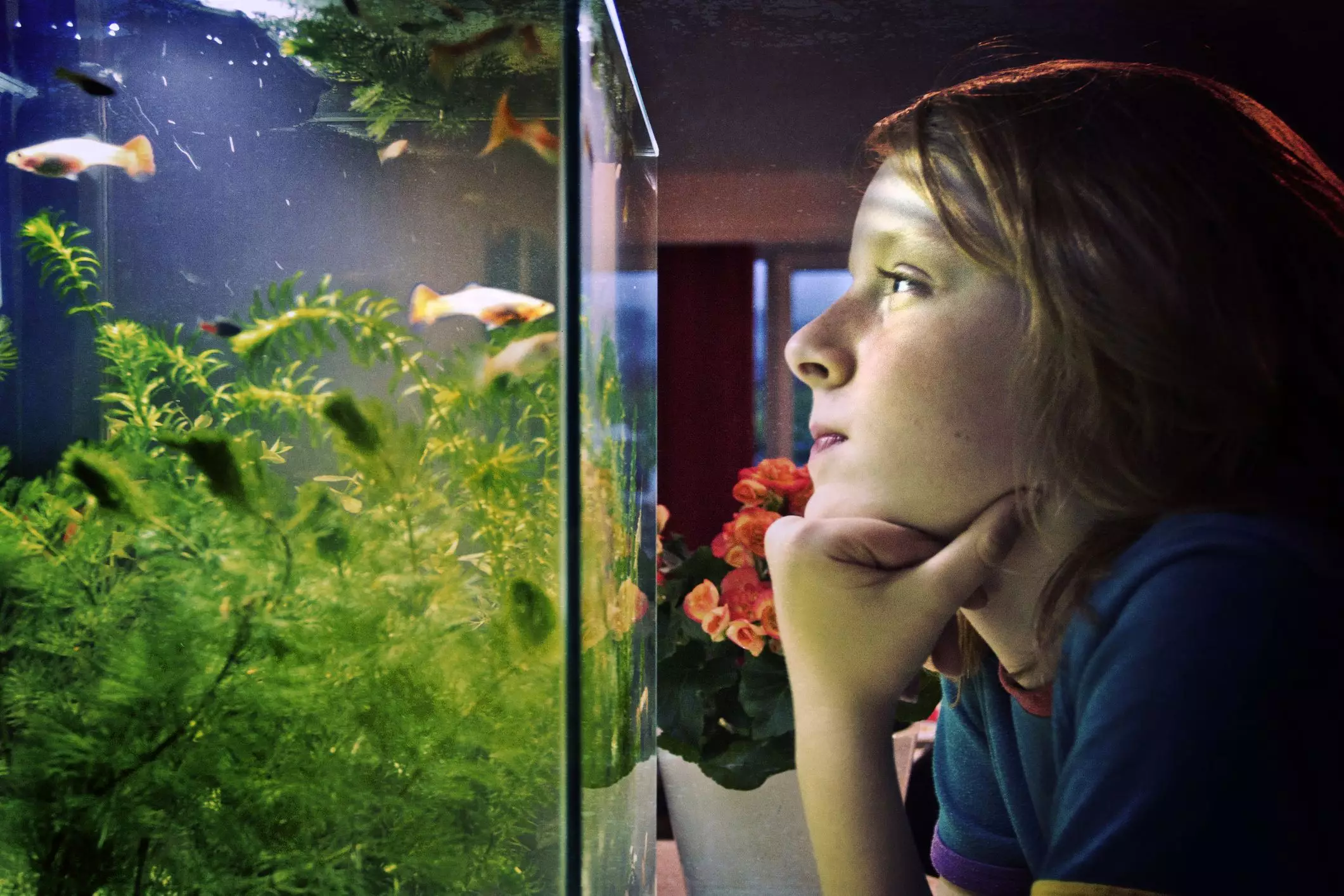Setting up an aquarium can be one of the most rewarding hobbies, allowing you to create a serene, living underwater world right in your home. However, for many novice aquarium aficionados, the journey may often begin with frustration and disappointment. With proper planning and understanding of the essential requirements, new owners can mitigate common mistakes that can lead to early disillusionment. In this article, we’ll explore critical aspects of aquarium ownership to ensure a smoother entrance into this fulfilling pastime.
One of the primary hurdles prospective aquarium owners face is the cost. Many first-time buyers are lured by budget-friendly starter kits, not realizing that the total expenditure often exceeds initial estimates. This misconception can lead to inadequate setups, which can ultimately jeopardize the health of the fish and the overall pleasure of the hobby. Therefore, it is imperative to budget thoroughly and honestly. A twenty-gallon aquarium, equipped with decent supplies, may realistically set a new owner back anywhere between $150 to $200.
Prior to making a purchase, create a comprehensive checklist that encompasses all the necessary components such as the tank, filtration system, heater, substrate, lighting, water treatment essentials, and fish food. When calculating costs, it’s beneficial to consider not just the initial financial commitment but also ongoing expenses like electricity and food. By having a clear understanding of the complete financial picture, you can make informed decisions that will prevent unexpected financial shortfalls later down the line.
If your budget feels tighter than you initially anticipated, there are creative strategies to gather necessary funds. Let friends and family know about your aquarium aspirations and invite them to contribute gifts that align with your checklist for occasions like birthdays or holidays. This approach not only minimizes your financial burden but also engages your loved ones in your new hobby, making it a shared experience.
Additionally, consider scouring for used equipment as a means of cutting costs. Retail outlets that specialize in aquarium supplies often offer sizable discounts on previously owned items. However, proceed with caution: ensure that there’s no visible damage, and never pay more than half of the retail price for second-hand equipment. Thoroughly inspect all used goods to avoid aquiring a faulty setup, which can significantly hinder your experience right from the start.
A common recommendation for beginner aquarists is to avoid anything smaller than a ten-gallon tank. Smaller tanks may appear appealing, particularly due to their lower price points, but the reality is that they pose substantial management challenges. Water quality in small aquariums can fluctuate drastically, which can adversely affect the health of your fish. In contrast, larger tanks—ideally at least twenty gallons—tend to be more forgiving of mistakes and provide a stable ecosystem for your aquatic inhabitants.
Larger aquariums not only allow for a broader variety of fish species but also enable more room for error, giving novices time to learn and adapt. It is essential to consider the weight of a fully filled tank; for example, a fifteen-gallon aquarium can easily exceed 200 pounds. Ensure that it is placed on a sturdy stand designed for such weight to avoid accidents.
Selecting the right location for your aquarium is equally important as choosing the tank itself. Avoid placing it in direct sunlight or near sources of extreme temperature changes, as these can wreak havoc on the water temperature and fish health. Moreover, keeping the tank in an area where water spills are manageable is crucial. Routine maintenance will likely result in some water finding its way outside of the tank, so be prepared for this eventuality.
Even with a larger tank, it is wise to start your aquatic journey with a small number of hardy fish. Opt for species that are known to thrive in community tanks and are forgiving to care for. This initial approach not only makes for a more manageable learning experience, but it also sets the stage for future explorations with more sensitive or exotic fish as your confidence and skills grow.
Embarking on your aquarium adventure requires thoughtful preparation and a realistic approach toward budgeting, equipment selection, tank size, and fish choices. By adhering to these principles, even the most inexperienced beginner can pave the way for a successful and enjoyable aquarium experience that flourishes well into the future. Remember, a well-planned aquarium can serve as a beautiful centerpiece, offering tranquility and a glimpse into the wonders of underwater life.

